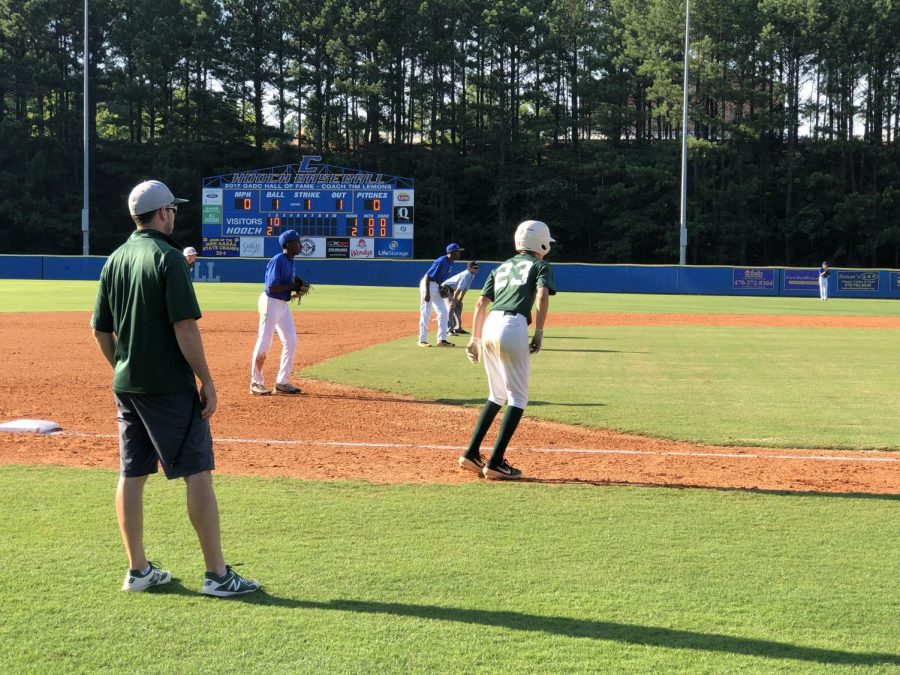Baseball should receive more college scholarships
There is over 10,000 total athletes who seek to play D1 baseball and only 298 teams. Credit: Alex Johnson
November 13, 2019
With a Division I college baseball team that carries about 25-30 players, less than half of those players are on scholarship. Only 11.7 people can receive a scholarship for baseball, which makes it hard for universities to recruit and find the player they want to put on scholarship. With the NCAA’s new rule taking affect on April 25, 2018, this makes it even harder for universities to recruit players, and there has been a lot of hate towards their decision to enforce this rule.
The NCAA’s new recruiting rule pushes back the date that allows coaches of universities to reach out and talk about recruiting for student athletes in person. The rule has changed the way official visits, camps and unofficial visits work as far as how much coaches can do before and after certain dates. Thus, reducing the chance that a student athlete has to be recruited.
Official visits: Recruiters can now start official visits as of Sept. 1 of their high school junior year. Official visits were not permitted in the past until the senior high school year of the student, so this rule speeds them up.
Unofficial visits: Division 1 college athletic teams, or college coaches, are not allowed to engage in informal visits to a prospect until after their junior year on Sept. 1. Before, Unofficial trips are any visits to the campus paid entirely by the parents of the candidate. Unofficial trips were an easy way for underclassmen to attend a school party, speak with the manager and get an early verbal offer before the rule changed. Under the new rules, they cannot schedule them with the coach until Sept. 1 of junior year if athletes want to take unofficial visits. Even in a face to face situation, the coach is ineligible to talk about recruitment.
Camps: Recruiters or university assistants are not allowed to have recruitment discussions at camps before the athlete’s junior high school year on Sept. 1. Before, there was no rule that prohibited teams from speaking about recruitment in camps for underclassmen. In reality, expanding oral scholarship offers to top recruits had become common practice for college coaches.
The NCAA expects that these improvements to policy would reduce the number of prospects earning oral offers in high school as eighth graders, freshmen and sophomores. There will now be ample space for students to study colleges and concentrate on athletic and educational success. Then, they will be better equipped to decide which college or university is right for them as juniors and seniors in high school, which I think isn’t very smart considering baseball is one of few big sports in the U.S., and with how big the sport is, they should receive more scholarships.


